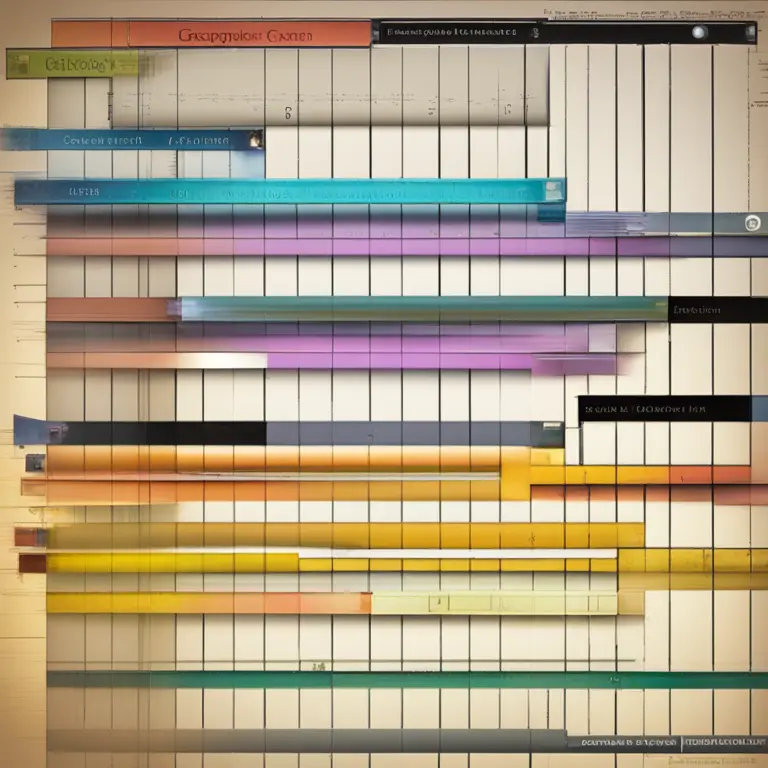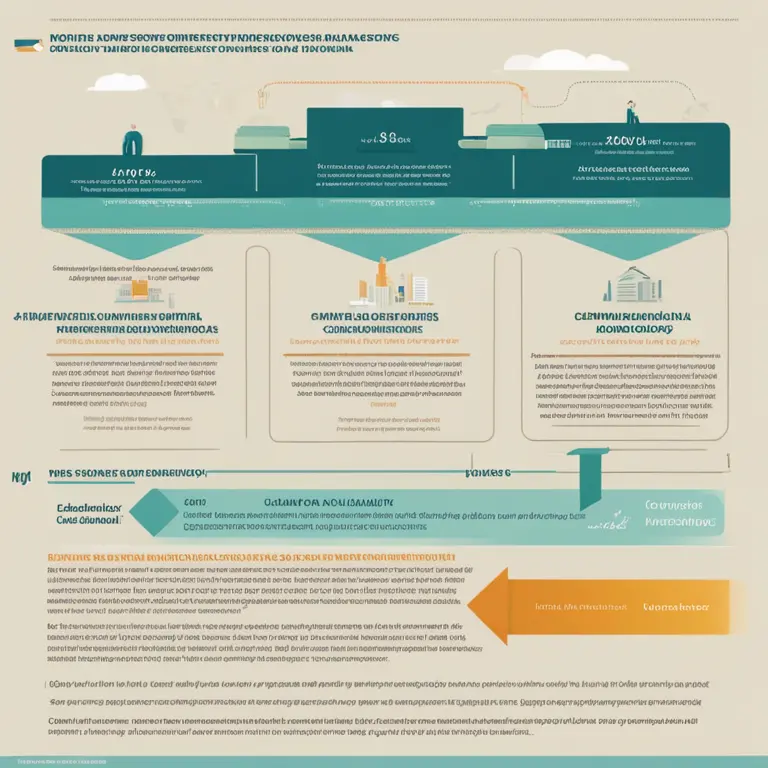
The Science Behind Handwriting Analysis
Explore the fascinating world of graphology and discover how handwriting analysis can reveal personality traits and subconscious characteristics.
article by Nora Pennington
What is Graphology?
Graphology, or handwriting analysis, is the study of handwriting patterns to discern a person's psychological state, character traits, and even their physiological health. At its core, graphology posits that handwriting is brainwriting, meaning the unique way an individual writes is a direct manifestation of their cognitive processes and personality nuances. Since the late 19th century, it has served as a tool in various fields such as psychology, forensics, and human resources for its purported ability to glean insights from the strokes on a page.

Key Elements of Analysis
A graphologist looks at numerous elements within someone's handwriting. These can include the size, slant, pressure, and speed of writing, as well as letter shapes, spacing between letters and words, and the rhythm of the script. Each characteristic is believed to represent different aspects of a writer's psyche; for example, heavy pressure might suggest strong emotions, while a right slant could indicate a social personality.

Applications in Modern Times
As we move further into the 2020s, graphology maintains relevance in various areas despite some skepticism. It's applied in psychoanalysis, aiding therapists in gaining a deeper view of a patient's inner world. In corporate settings, it's used to evaluate job candidates' compatibility and potential for specific roles. Even with the advent of digital communication, graphology retains its value, adapting with tools to analyze digital handwriting from stylus-based technology.

Scientific Backing and Criticism
Handwriting analysis boasts both advocates and detractors. Proponents point to studies that correlate certain writing traits with specific personality characteristics. However, critics argue that the interpretations can be too general or subjective. The scientific community calls for more empirical research and standardized methods to provide further validation for graphology’s claims, ensuring its future as a credible and ethical practice.

The Graphologist's Approach
Professional graphologists follow a systematic approach, often starting with an overall assessment and moving to the details. They may use scoring systems to quantify their findings, thereby striving for a level of objectivity. Proficiency in handwriting analysis requires extensive education and practice in the subject, rooted in an understanding of psychological theories and observational skills refined to pick up subtleties in someone's script.
Legal and Ethical Considerations
The use of graphology comes with its set of legal and ethical considerations, especially in employment settings. With privacy and discrimination laws evolving, the application of handwriting analysis must be conducted with consent and within legal frameworks. Transparency regarding how the results will be used is crucial to maintaining ethical standards in graphology practices.
Learning Handwriting Analysis
For those interested in learning more about graphology, the field is accessible through a variety of courses and workshops. Many resources are also available online, allowing enthusiasts to study at their own pace. However, becoming adept at handwriting analysis requires practice and mentorship, as understanding the nuances of different writing styles can be complex.
Published: 1/11/2024
Modified: 1/12/2024
More predictions
Come back here soon to learn more about yourself and your future


Can Palmistry Foresee One’s Demise?
Delve into the contentious debate about whether palmistry can predict the end of life and the ethical considerations of such a claim.


The Essence of Palmistry: Interpreting Lines and Shapes
Delve into the world of palmistry to discover the meanings behind the lines and shapes etched into the palms of your hands.


Palmistry Basics: How to Read Your Hand's Secrets
Learn the basics of palmistry with this guide on how to read the lines and shapes of your hands to reveal insights about your personality and future.